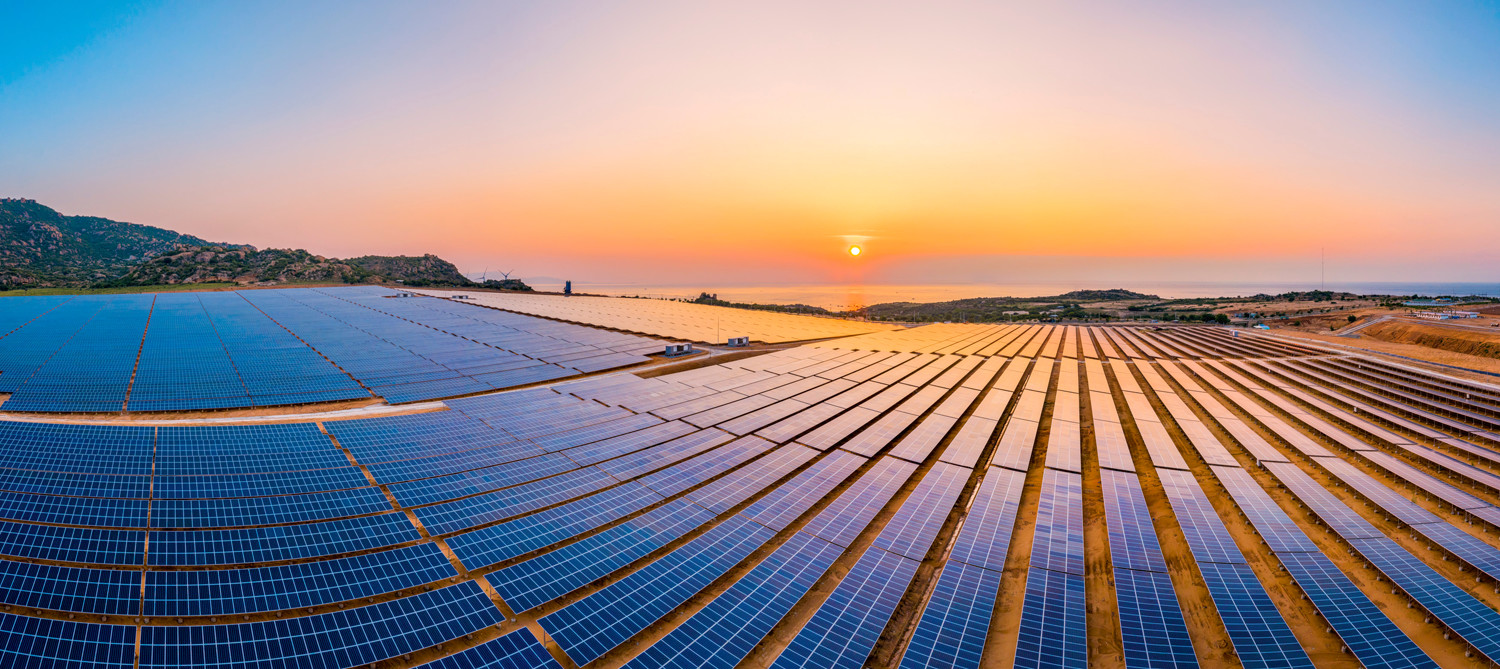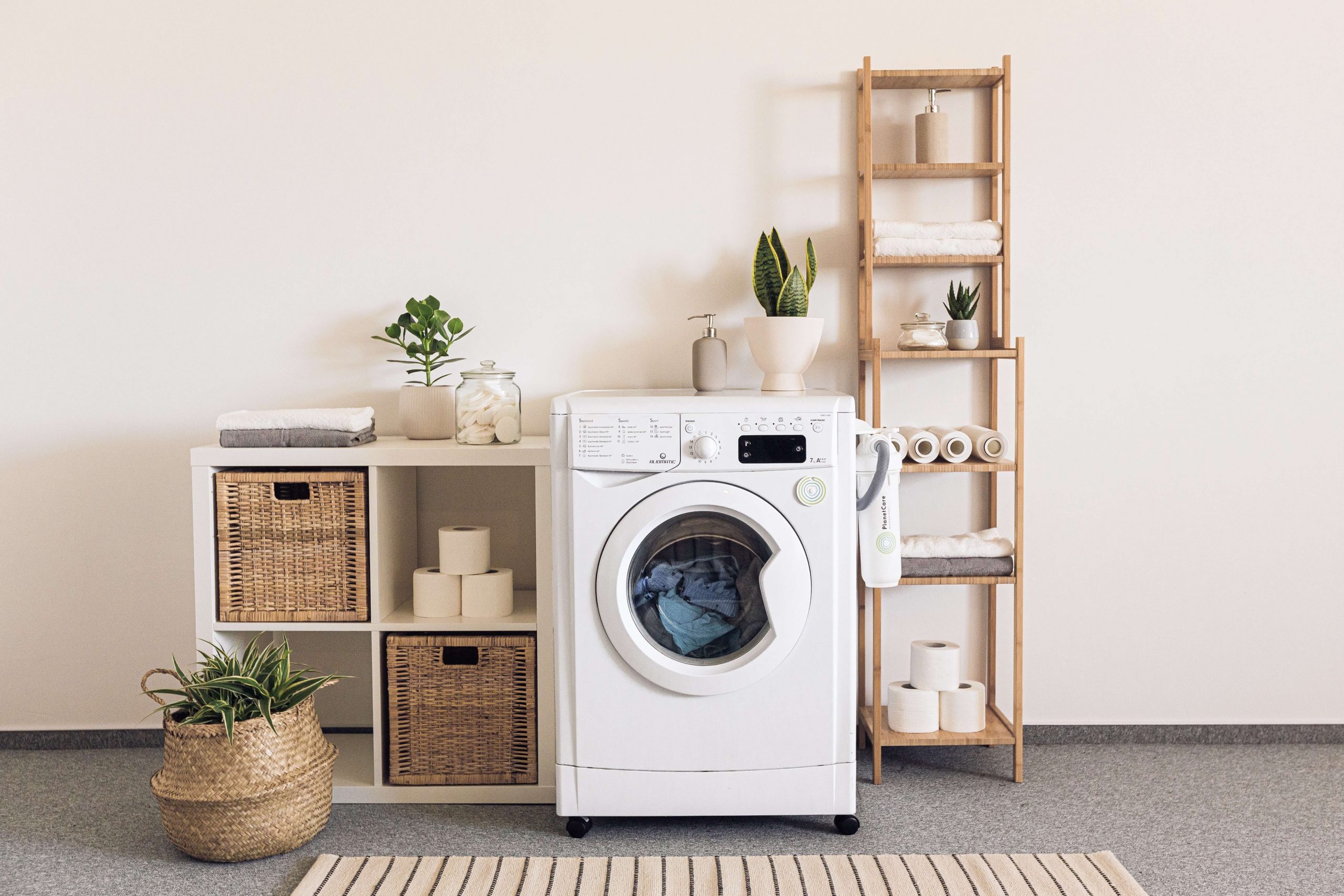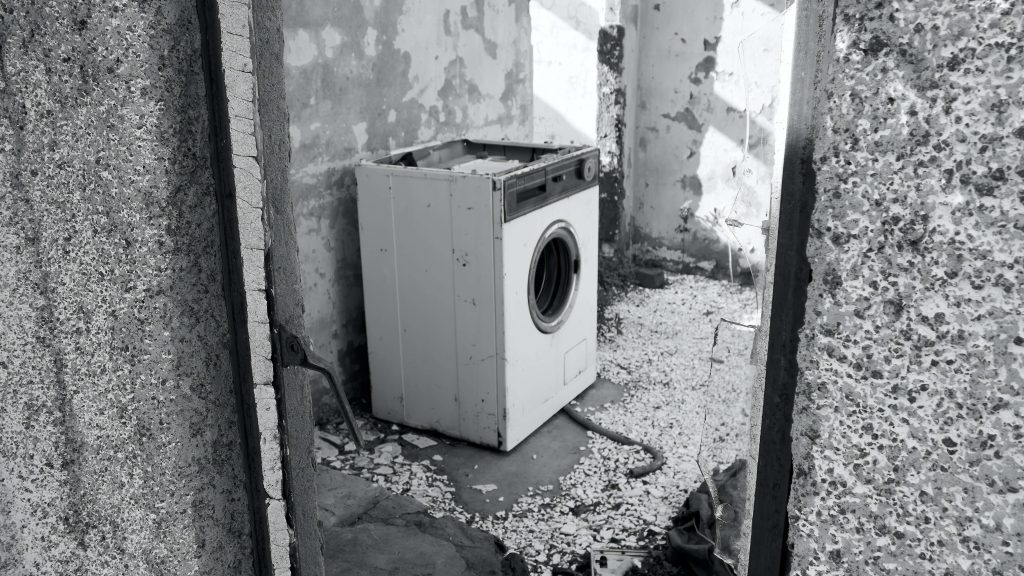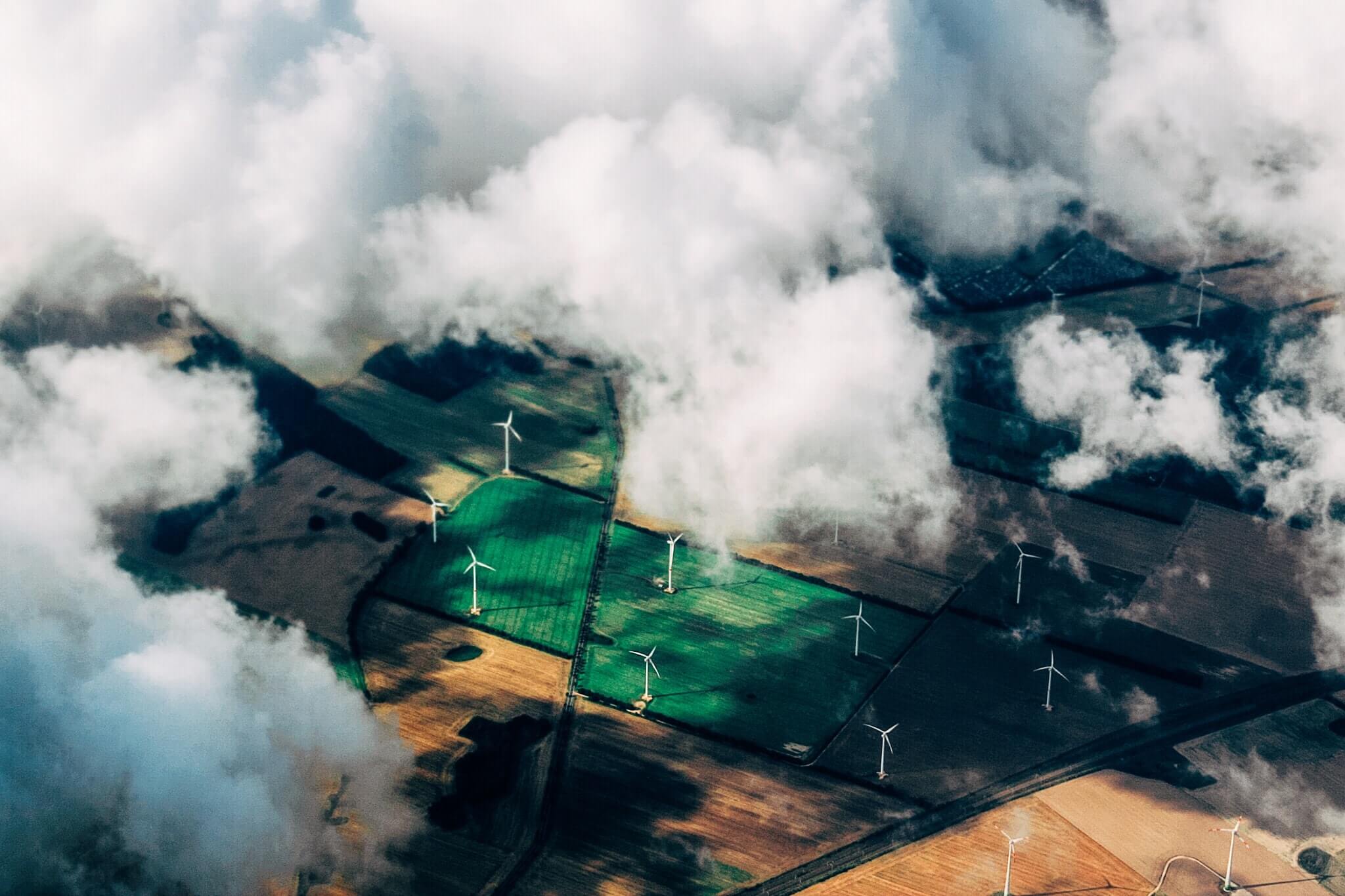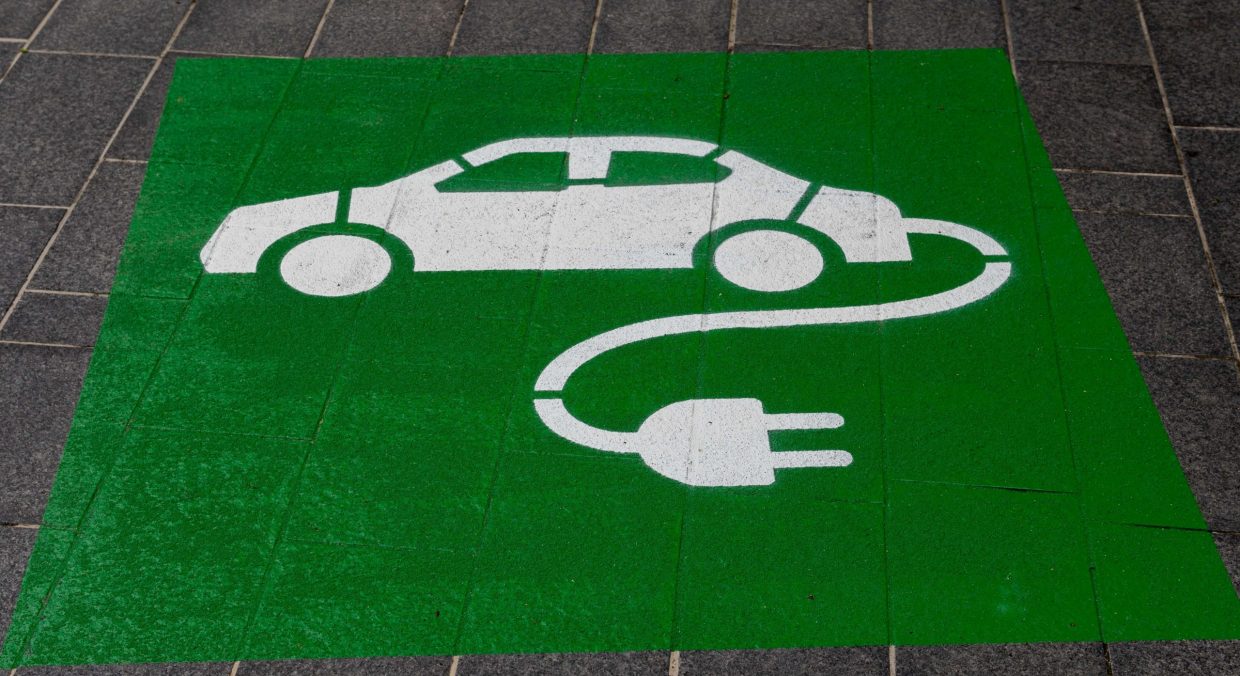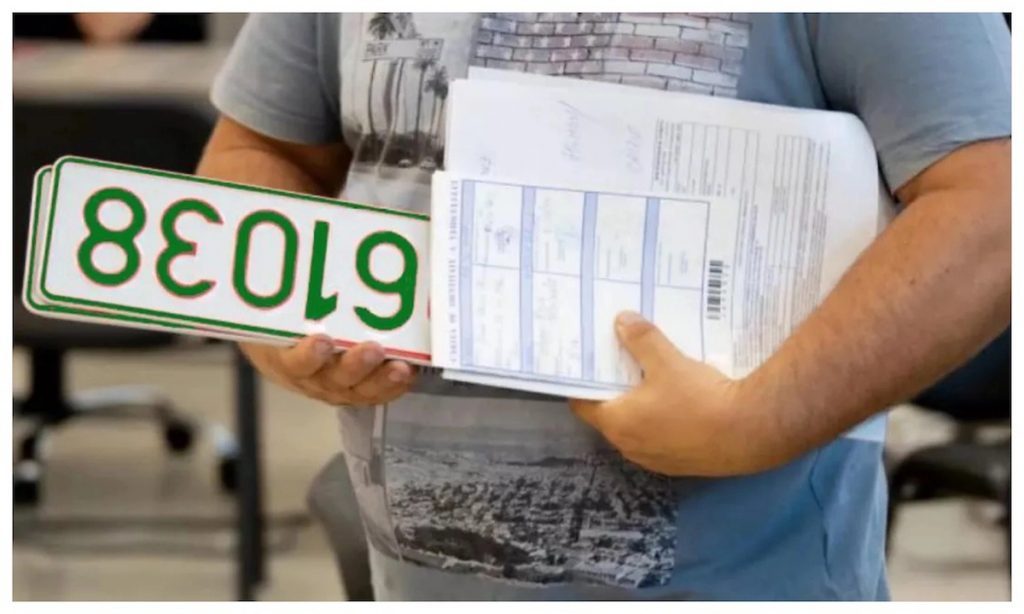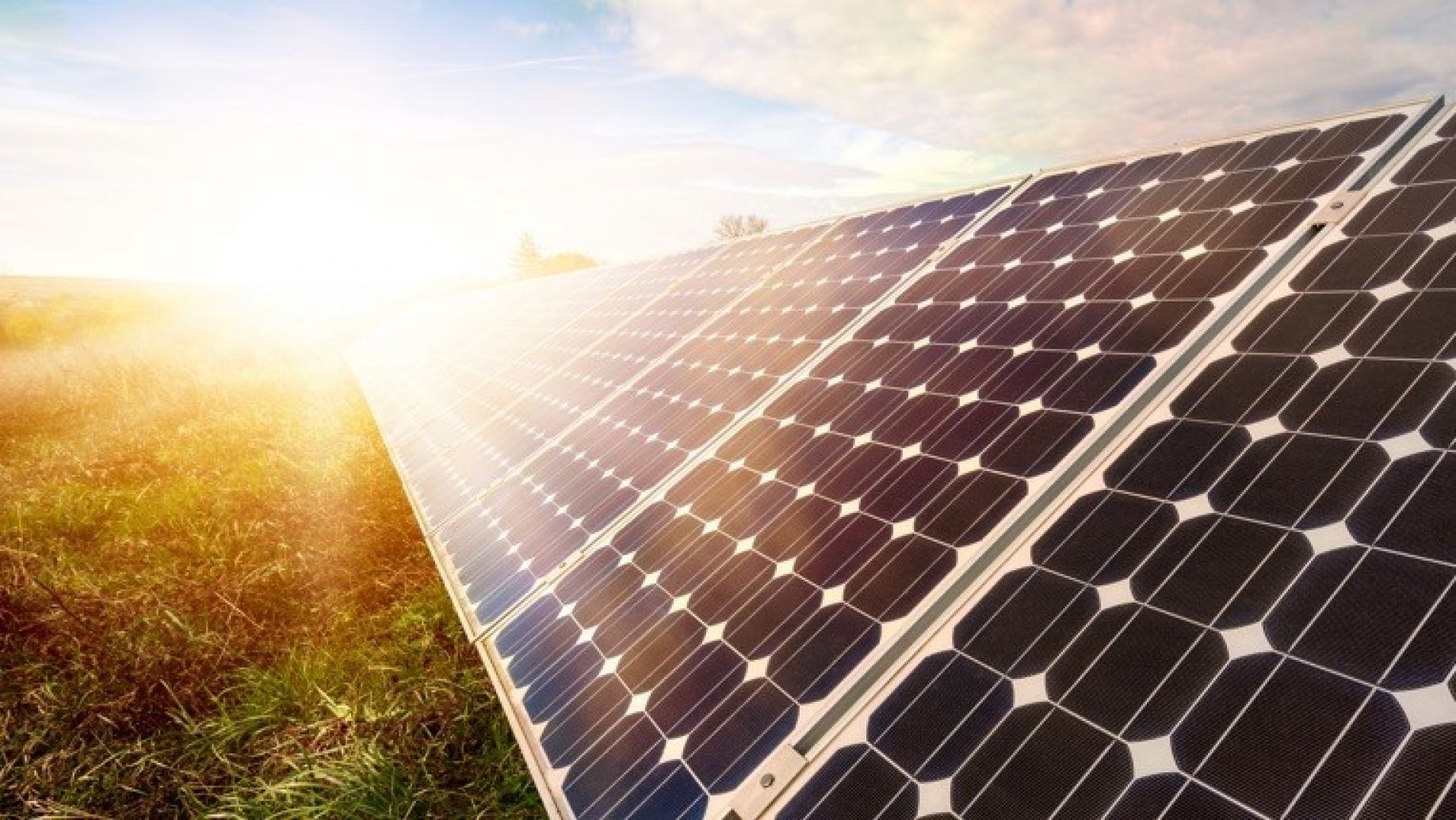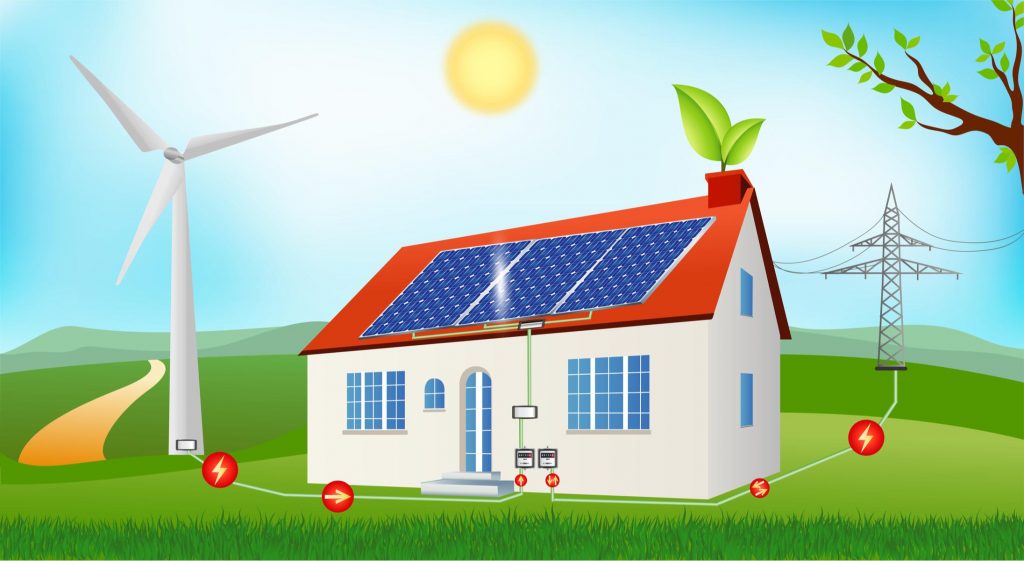In recent years, solar energy has become increasingly popular, and more and more people are choosing to install solar panels at home or at work. As a source of renewable electricity, solar energy offers a number of economic and environmental advantages. In this article, we will discuss the benefits of solar energy and how it can help you save money.
Solar energy is one of the greenest sources of energy
Solar energy is a renewable and clean source of energy that will never be depleted. Compared to fossil fuel sources such as coal and oil, which are finite and pollute the environment, solar energy does not produce greenhouse gas emissions and does not cause pollution. By installing solar panels, you can contribute to reducing greenhouse gas emissions and the impact on the environment.
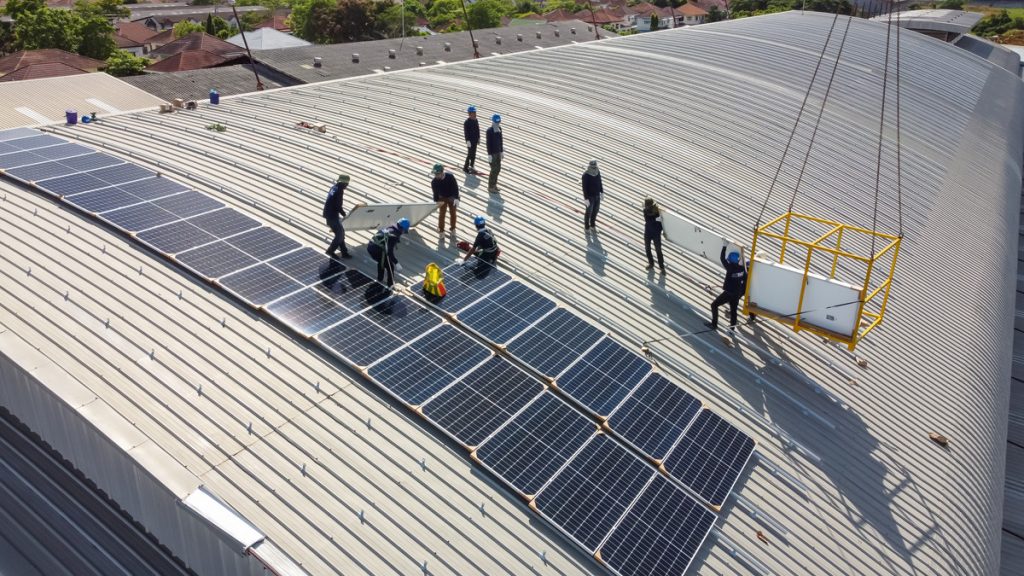
Reducing electricity costs
Installing solar panels can help reduce your electricity costs. Depending on the size of the system, geographical area and level of sun exposure, installing solar panels can reduce your electricity bill by up to 100%. This means that in the long run, the initial investment in solar panels can be recouped through savings on your electricity bill.
In addition, by installing an energy storage system such as solar batteries, you can store the electricity generated by solar panels and use it when needed, such as at night or on cloudy days. This can help reduce dependence on the electricity grid and lower electricity costs, especially in areas with high electricity rates.

Long life span
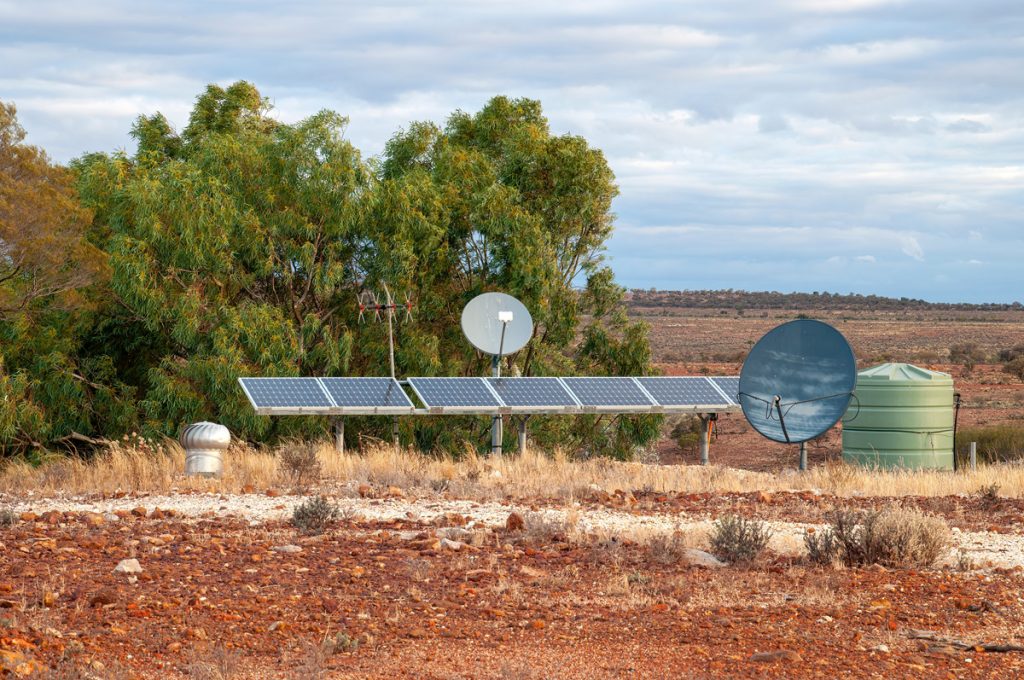
Solar panels are designed to last and have a long lifespan. Solar panels generally have a 25-year warranty, but they can last up to 30-40 years with proper maintenance. This means that in the long run, the initial investment in solar panels can be recouped through savings on your electricity bill.
Low maintenance costs
Solar panels have low maintenance costs because they have no moving parts and do not require frequent repairs. In general, the most important aspect of solar panel maintenance is periodic cleaning. However, even this activity can be performed by the system owner without the need to call in a specialist.
Optimizing property value through solar energy
Installing solar panels can significantly improve the value of your property in the eyes of buyers. Properties with installed solar panels are more attractive and can sell for higher prices than similar ones without solar panels. In addition, installing solar panels can help reduce electricity costs, which can make the property more attractive to buyers.
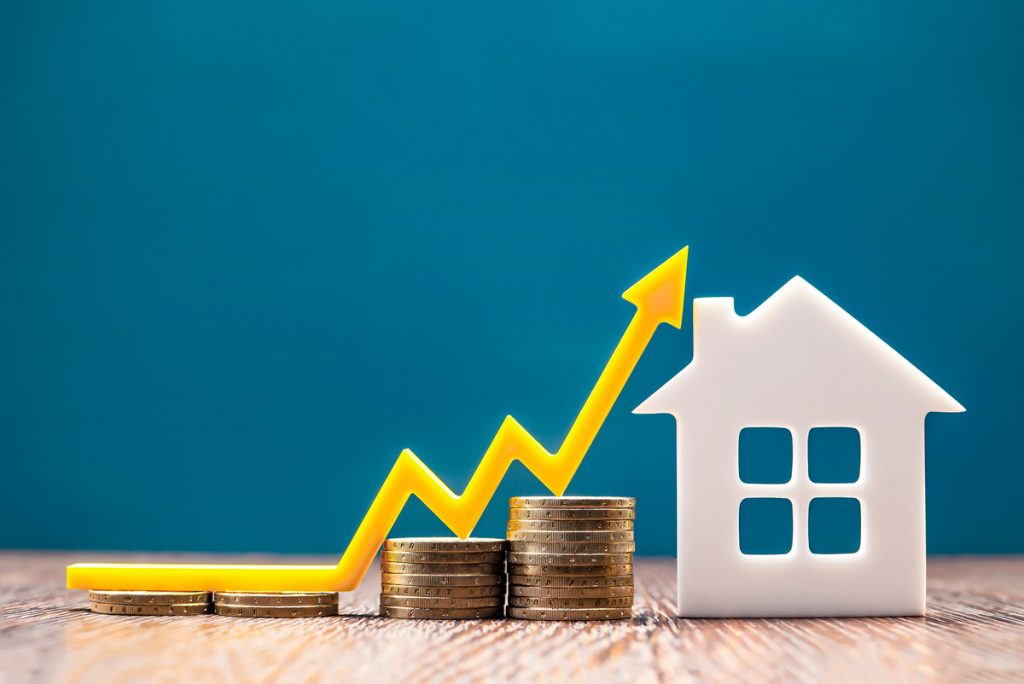
Solar energy is an efficient and environmentally friendly option for anyone who wants to reduce electricity costs and protect the environment. The initial investment in solar panels can be recouped in the long term through savings on electricity bills and optimization of property value. Solar panels have a long lifespan and low maintenance costs, making them a sustainable option for anyone looking to reap the benefits of solar energy.
